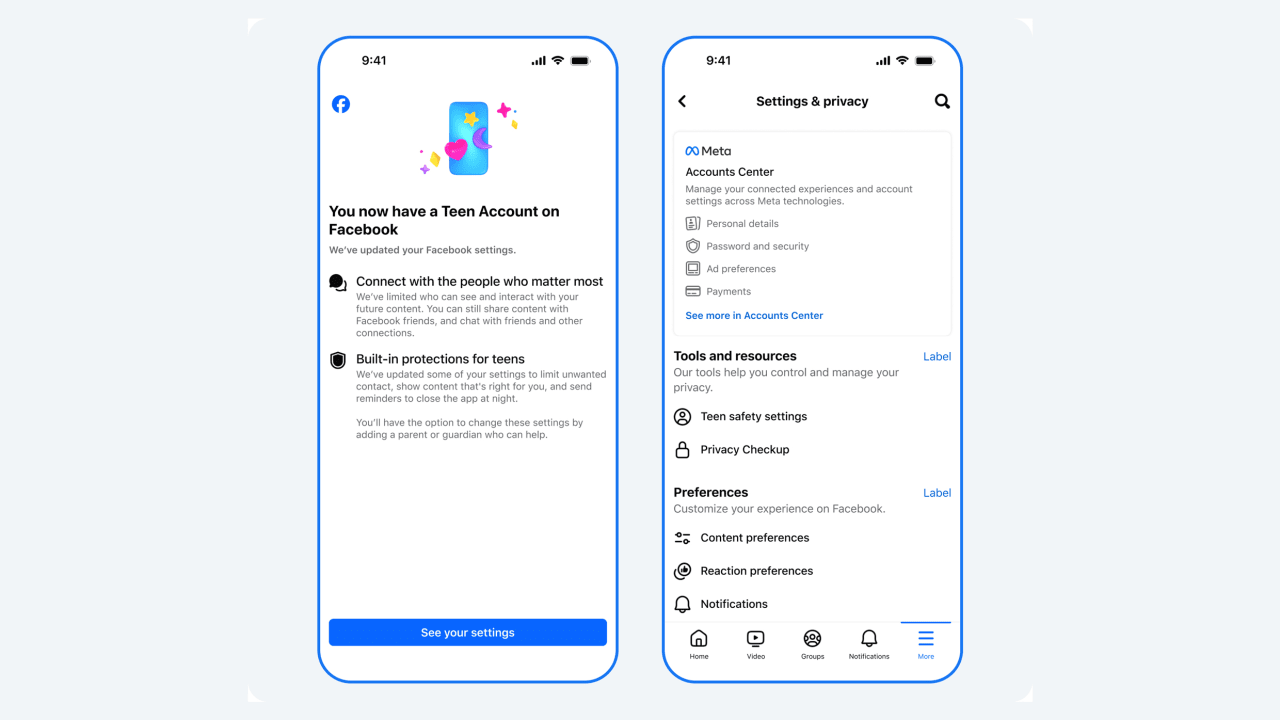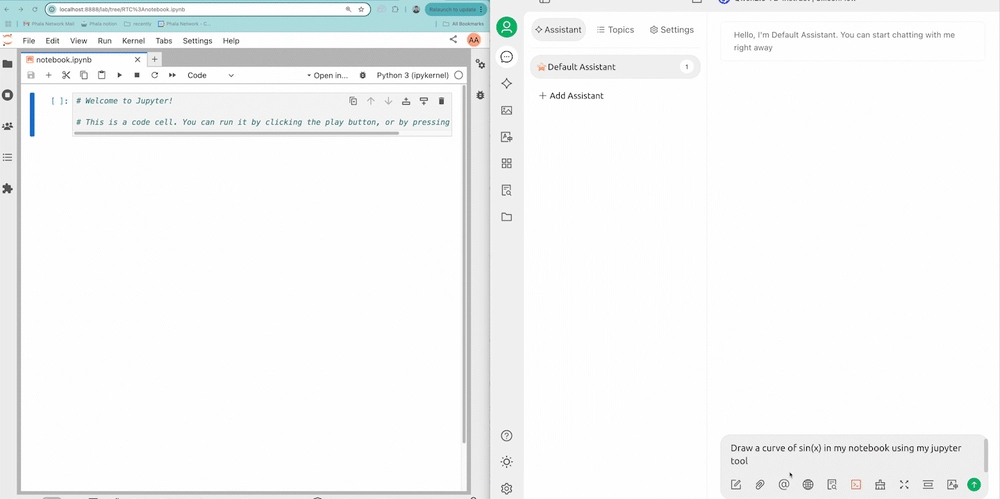The FizzBuzz: a branchless version with Java
Let dissect a Java program that implements the FizzBuzz problem with a branchless style, using a mix of bitwise operations, lambdas, and an optimized loop. Let's break it down step by step: Overview of FizzBuzz Rules Print numbers from 1 to 100. If a number is divisible by 3, print "Fizz". If a number is divisible by 5, print "Buzz". If a number is divisible by both 3 and 5, print "FizzBuzz". Otherwise, print the number itself. Code Breakdown 1. Defining an Interface for Lambda Expressions interface Provider { String value(int i); } An interface Provider is needed since generic array are not possible, so Function or other functional interface are non allowed. It has a single method value(int i), which will be implemented using lambda expressions. 2. Creating an Array of Provider Lambdas Provider [] provider = {i->String.valueOf(i),i->"",i->""}; This array holds three lambda expressions: i -> String.valueOf(i): Returns the number as a string. i -> "": Returns an empty string. i -> "": Another empty string (used later for Fizz/Buzz handling). 3. Defining Text Segments String [] textSegment = {"", "Fizz","FizzBuzz","Buzz"}; This array maps to different text outputs: textSegment[0] = "" (for numbers that aren't Fizz or Buzz) textSegment[1] = "Fizz" (for numbers divisible by 3) textSegment[2] = "FizzBuzz" (for numbers divisible by both 3 and 5) textSegment[3] = "Buzz" (for numbers divisible by 5) 4. Using StringBuilder for Efficient String Concatenation StringBuilder sb = new StringBuilder(3000); String newline = System.lineSeparator(); StringBuffer is used for efficient string concatenation. newline stores the platform-specific line separator. 5. Main Loop with Bitwise Operations for (int i = 1, a = 0, b = 0, providerIndex = 0, segmentIndex = 0; i > i % 15 - 1) & 1) ((i % 15) 2) { sb.append(textSegment[segmentIndex]) .append(provider[providerIndex].value(i)) .append(newline); } This loop iterates from i = 1 to 100 and performs the following calculations: (1) Calculating a - 5 Multiples a = ((528 >> i % 15 - 1) & 1)
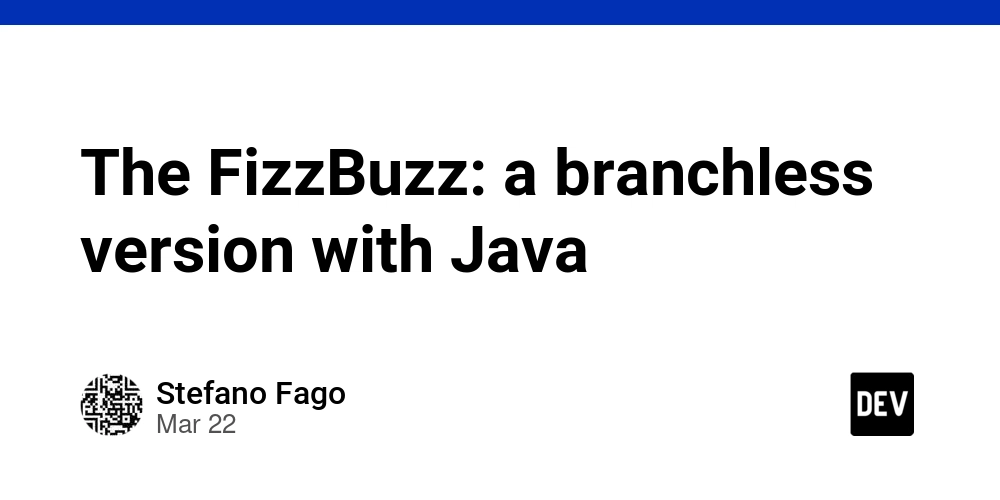
Let dissect a Java program that implements the FizzBuzz problem with a branchless style, using a mix of bitwise operations, lambdas, and an optimized loop. Let's break it down step by step:
Overview of FizzBuzz Rules
- Print numbers from 1 to 100.
- If a number is divisible by 3, print
"Fizz". - If a number is divisible by 5, print
"Buzz". - If a number is divisible by both 3 and 5, print
"FizzBuzz". - Otherwise, print the number itself.
Code Breakdown
1. Defining an Interface for Lambda Expressions
interface Provider {
String value(int i);
}
- An interface
Provideris needed since generic array are not possible, so Function or other functional interface are non allowed. - It has a single method
value(int i), which will be implemented using lambda expressions.
2. Creating an Array of Provider Lambdas
Provider [] provider = {i->String.valueOf(i),i->"",i->""};
- This array holds three lambda expressions:
-
i -> String.valueOf(i): Returns the number as a string. -
i -> "": Returns an empty string. -
i -> "": Another empty string (used later for Fizz/Buzz handling).
-
3. Defining Text Segments
String [] textSegment = {"", "Fizz","FizzBuzz","Buzz"};
- This array maps to different text outputs:
-
textSegment[0] = ""(for numbers that aren't Fizz or Buzz) -
textSegment[1] = "Fizz"(for numbers divisible by 3) -
textSegment[2] = "FizzBuzz"(for numbers divisible by both 3 and 5) -
textSegment[3] = "Buzz"(for numbers divisible by 5)
-
4. Using StringBuilder for Efficient String Concatenation
StringBuilder sb = new StringBuilder(3000);
String newline = System.lineSeparator();
-
StringBufferis used for efficient string concatenation. -
newlinestores the platform-specific line separator.
5. Main Loop with Bitwise Operations
for (int i = 1, a = 0, b = 0, providerIndex = 0, segmentIndex = 0;
i <= 100;
i++,
a = ((528 >> i % 15 - 1) & 1) << 2,
b = ((-2128340926 >> ((i % 15) << 1)) & 3) << 2,
providerIndex = (b - a) >> 2,
segmentIndex = (a + b) >> 2)
{
sb.append(textSegment[segmentIndex])
.append(provider[providerIndex].value(i))
.append(newline);
}
This loop iterates from i = 1 to 100 and performs the following calculations:
(1) Calculating a - 5 Multiples
a = ((528 >> i % 15 - 1) & 1) << 2
-
528(binary:100001000010000) is a bitmask that identifies numbers divisible by 5. -
(i % 15 - 1)is used to shift the bitmask. -
& 1extracts whether the bit is set. -
<< 2makes sure that if it's Fizz,ais 4, otherwiseais 0.
(2) Calculating b - 3 and 15 Multiples
b = ((-2128340926 >> ((i % 15) << 1)) & 3) << 2
-
-2128340926(binary:100000010000001000000100000010) is a bitmask that identifies numbers divisible by 3 or 15. -
((i % 15) << 1)is used to shift the bitmask. -
& 3ensures only relevant bits are taken. -
<< 2scalesbproperly.
(3) Determining providerIndex
providerIndex = (b - a) >> 2
-
providerIndexdetermines whether to print the number (provider[0]) or an empty string (provider[1]orprovider[2]) since provides the values: 0,1,2.
(4) Determining segmentIndex
segmentIndex = (a + b) >> 2
-
segmentIndexselects the correct FizzBuzz text fromtextSegmentsince provides the values: 0,1,2,3.
6. Appending the Result
sb.append(textSegment[segmentIndex])
.append(provider[providerIndex].value(i))
.append(newline);
- The correct Fizz/Buzz text (
textSegment[segmentIndex]) is added. - The number (or an empty string) is determined by
provider[providerIndex]. - A newline is appended.
7. Printing the Final Output
System.out.println(sb);
- The entire FizzBuzz output is printed at once.
Key Takeaways
- Uses bitwise operations for efficient FizzBuzz checking.
- Avoids multiple if-else conditions.
- Optimizes string concatenation with
StringBuilder. - Lambda functions simplify number/string selection.
There are more solutions about FizzBuzz, and maybe the code can be optimized further, but this code is funny and didactic enough to implement FizzBuzz in Java!















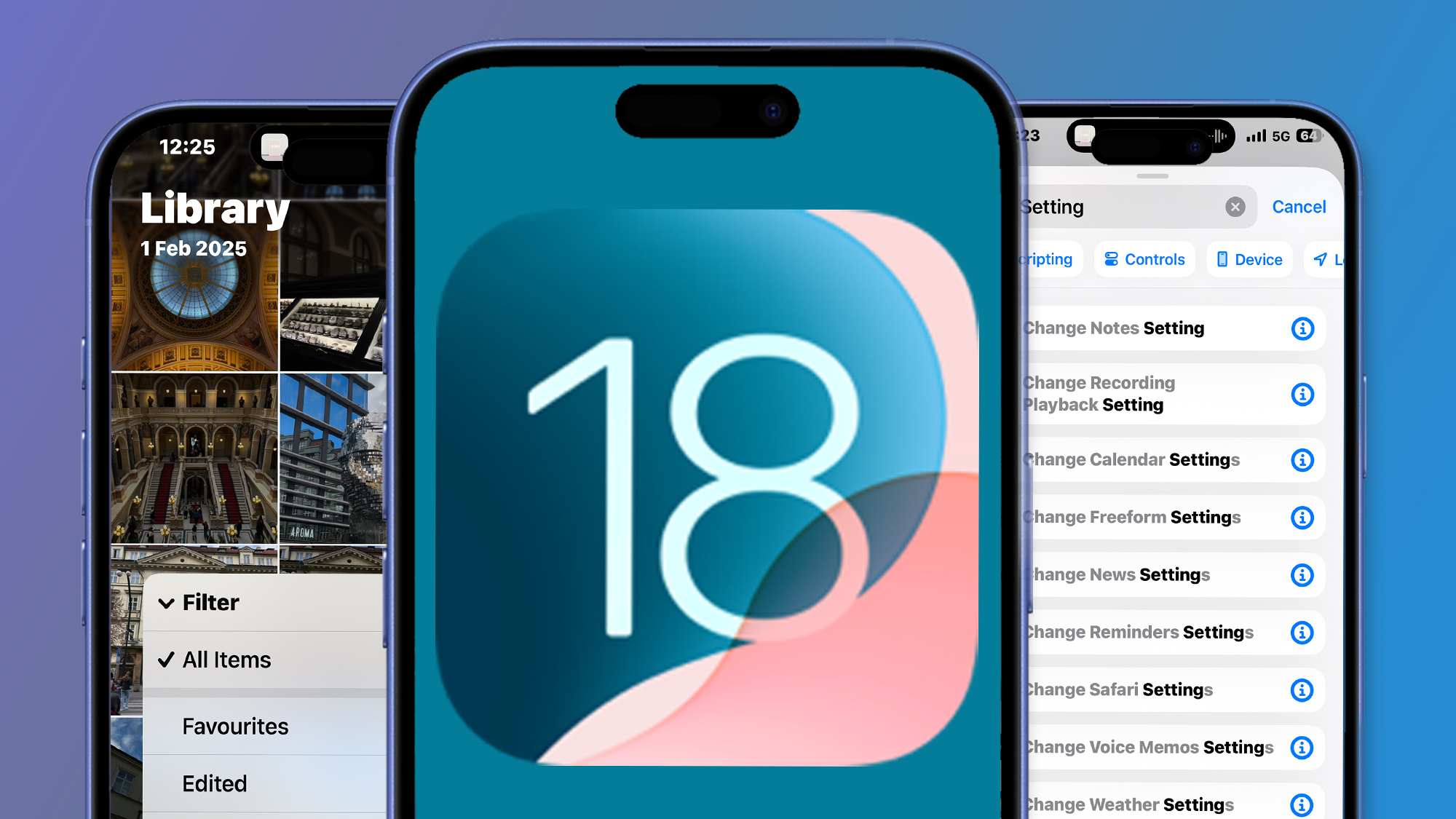
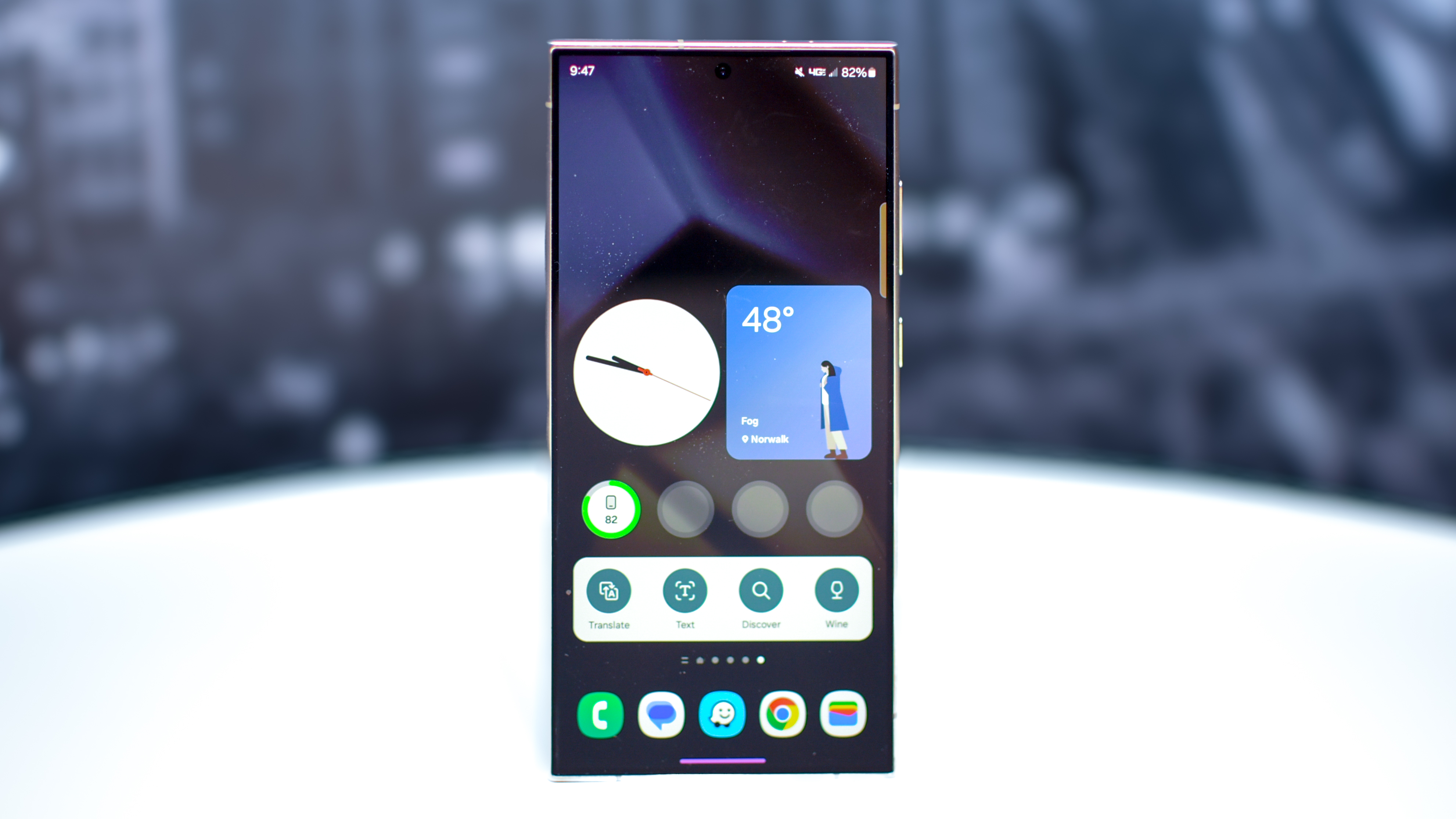

















































![[The AI Show Episode 143]: ChatGPT Revenue Surge, New AGI Timelines, Amazon’s AI Agent, Claude for Education, Model Context Protocol & LLMs Pass the Turing Test](https://www.marketingaiinstitute.com/hubfs/ep%20143%20cover.png)






















































































































































































































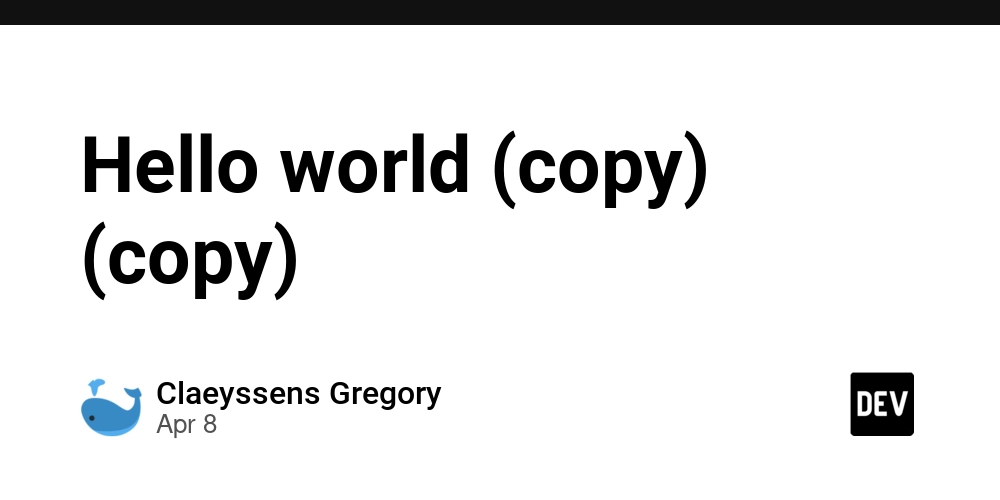












![From drop-out to software architect with Jason Lengstorf [Podcast #167]](https://cdn.hashnode.com/res/hashnode/image/upload/v1743796461357/f3d19cd7-e6f5-4d7c-8bfc-eb974bc8da68.png?#)













































































































































_NicoElNino_Alamy.png?#)






















































































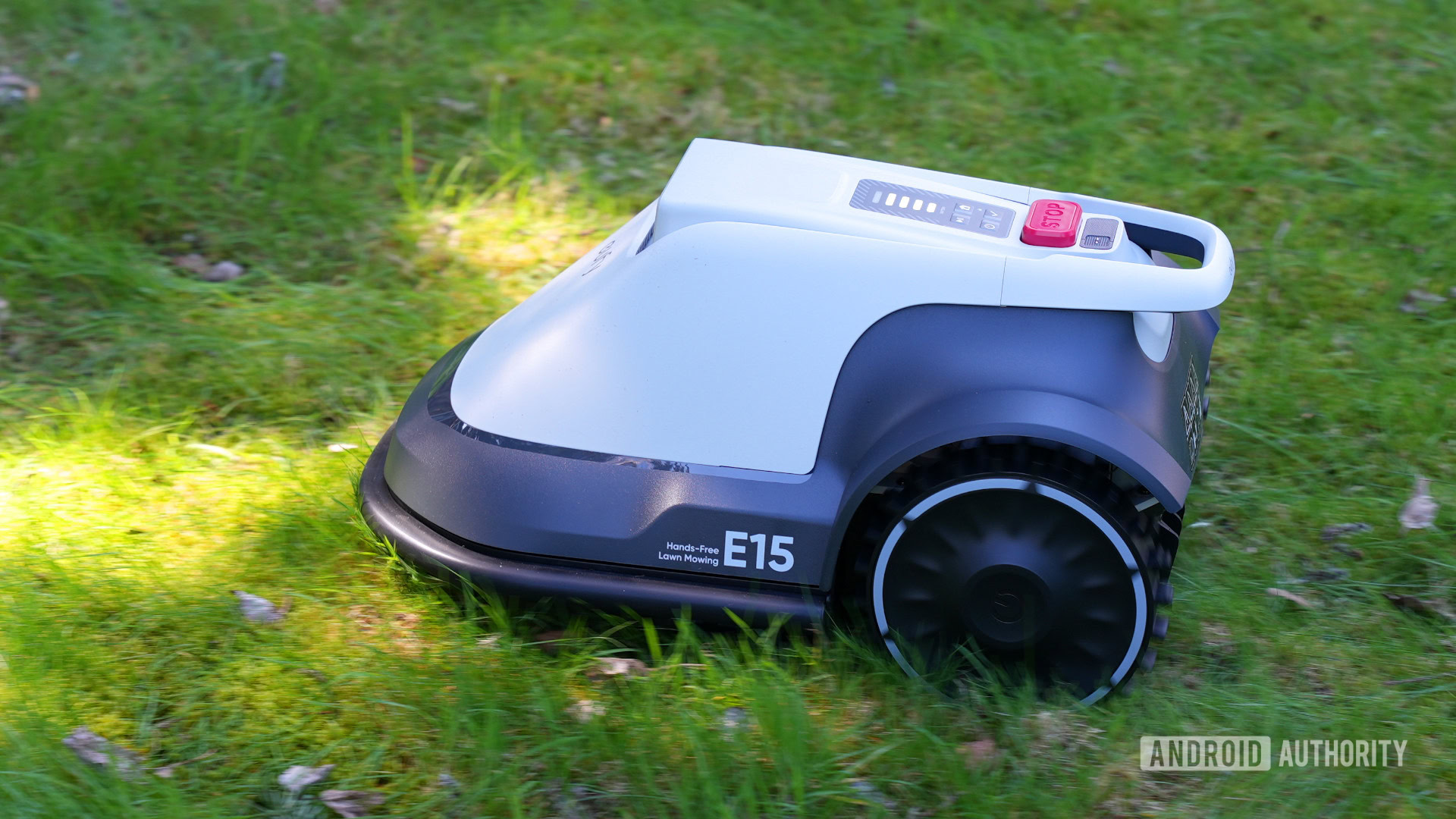

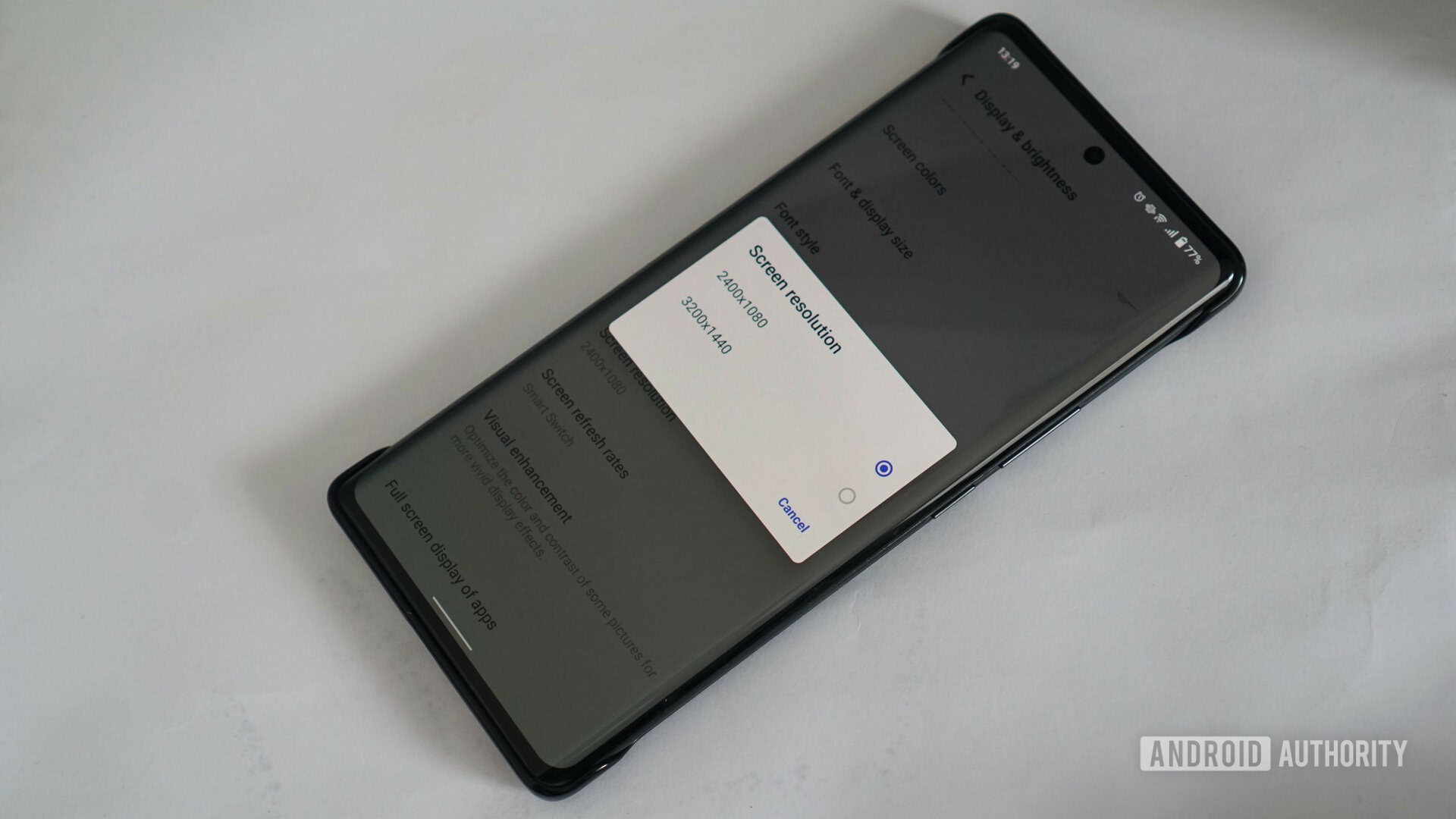

















![New iOS 19 Leak Allegedly Reveals Updated Icons, Floating Tab Bar, More [Video]](https://www.iclarified.com/images/news/96958/96958/96958-640.jpg)

![Apple to Source More iPhones From India to Offset China Tariff Costs [Report]](https://www.iclarified.com/images/news/96954/96954/96954-640.jpg)
![Blackmagic Design Unveils DaVinci Resolve 20 With Over 100 New Features and AI Tools [Video]](https://www.iclarified.com/images/news/96951/96951/96951-640.jpg)










































































